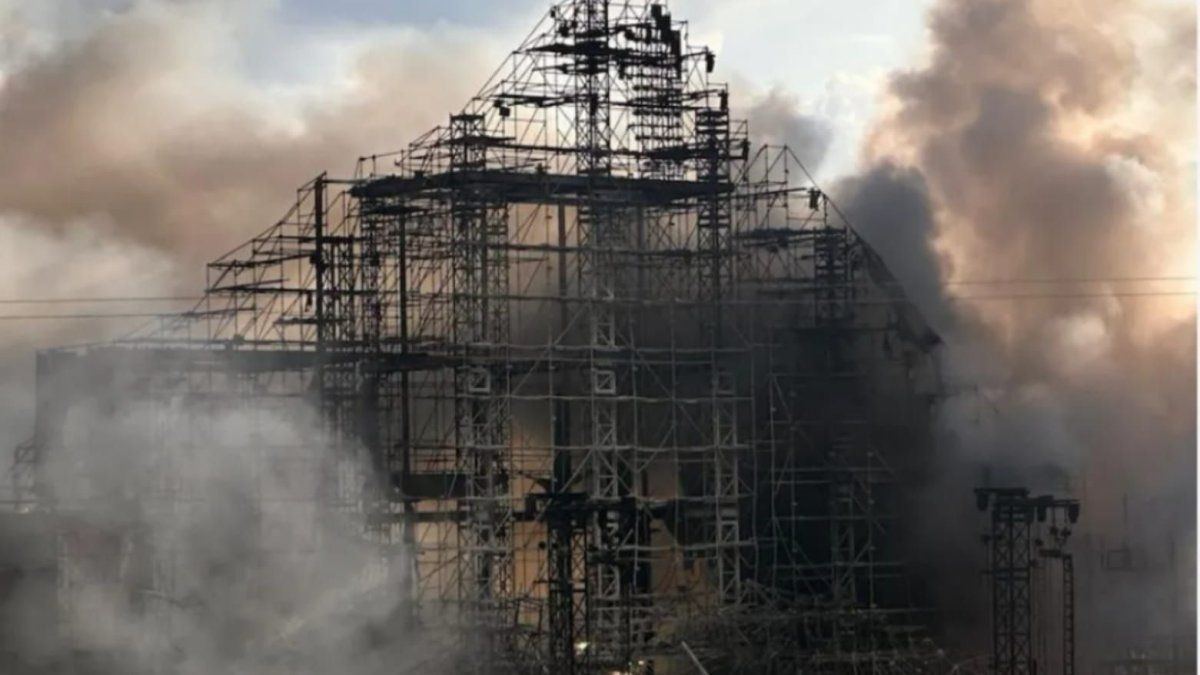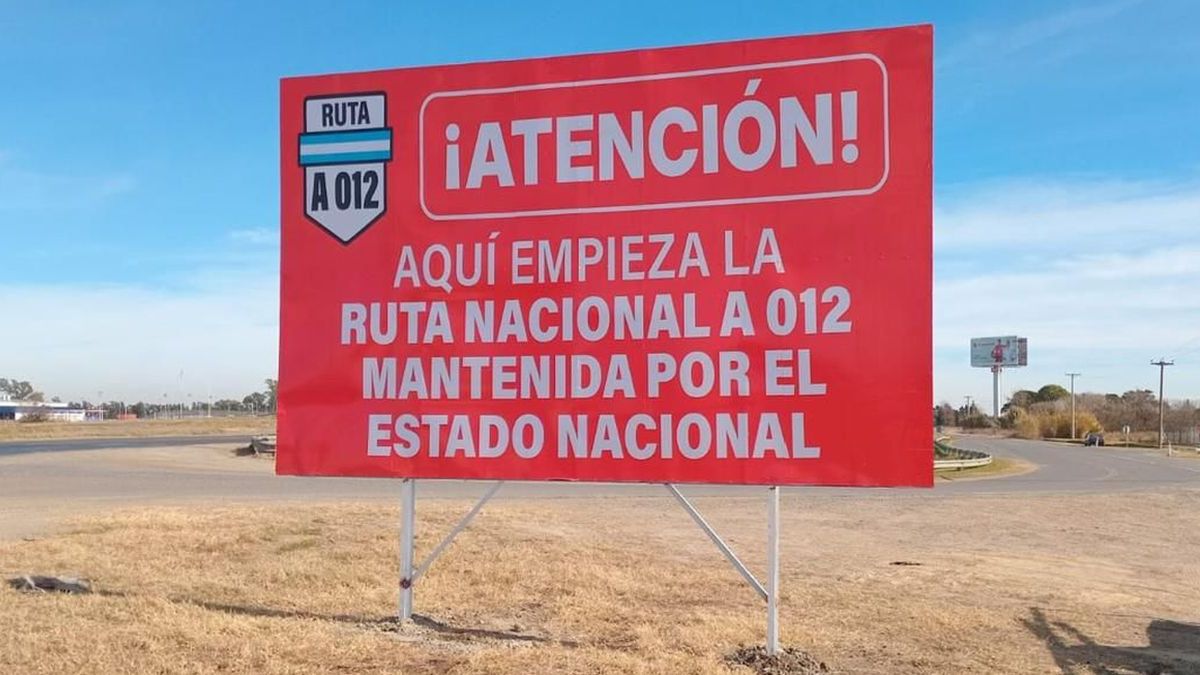He learned to grab hold of it. Even in his old age, he helped wherever it was needed. He once became dehydrated in the summer heat while building houses for poor families in Canada and was hospitalized. The very next day he was back on the construction site. The former US President dealt with his cancer diagnosis in 2015 in a very similar way. “I’ve had an exciting, adventurous and satisfying life,” he said – and seemed completely at peace with himself. The former peanut farmer from the town of Plains never made a big fuss about himself. And so it was especially the period after his presidency that earned him respect and recognition – unlike the sometimes unhappy years in the White House. Carter died on Sunday at the age of 100, surrounded by his family.
Carter outlived his wife Rosalynn by a year. She died in mid-November 2023 at the age of 96 – her health had previously deteriorated rapidly and she suffered from dementia, among other things. The Carters were married for 77 years. After the former first lady’s death, Jimmy Carter said through his foundation: “As long as Rosalynn was in the world, I always knew that someone loved and supported me.” She was also considered his political companion. Deeply marked by illness, half lying in a wheelchair, covered with a blanket, the 99-year-old paid his last respects to his wife at the funeral service in Atlanta.
Humiliations and triumphs
Hardly any other US president has had to endure such humiliations and defeats during his presidency as this man – from the Tehran hostage crisis to the Soviet invasion of Afghanistan. Even triumphs like the Camp David peace agreement between Egypt and Israel paled in comparison.
He later made a name for himself as a mediator in crises and with humanitarian aid. He managed a kind of fresh start after his time in the White House. In 1982, he and his wife Rosalynn founded the Carter Center in Atlanta to promote democracy, human rights and economic development – especially in poorer countries. Carter became involved as a mediator in peace efforts. In 2002 he received the Nobel Peace Prize for this.
Mother’s values were formative
Carter came into politics – and ultimately to Washington – as an outsider. The ex-president came from a humble background in the south of the country – a region characterized by the separation of people based on skin color. On his parents’ farm he had a lot to do with black people, but his father saw people with white skin as superior. His mother Lilian, however, a nurse, was a completely different type of person and treated black people with respect. It was these values of his mother that also shaped Carter’s character – even if he initially did not publicly criticize the racist system of separation between blacks and whites. It was only later in his career that he took a stand against discrimination.
In the 1950s, he operated his parents’ peanut farm in Plains. Eventually the Democrat began to get involved in politics, initially at the local level. In 1971 he was elected governor of Georgia – in 1976 he ran for the White House against the Republican incumbent Gerald Ford. “Jimmy who?”, many people asked themselves. Carter was given little chance. But after the Watergate scandal that ultimately drove Richard Nixon from office, people in the country wanted change. Carter relied on this during the election campaign – and was successful.
Coup after secret negotiations in Camp David
The trained peanut farmer and nuclear engineer was seen as a morally clean newcomer who would finally overcome the Nixon era. He had some success during his time in the White House. In September 1978, Egyptian President Anwar al-Sadat and Israeli Prime Minister Menachem Begin signed two peace framework agreements – a sensational coup that Carter had engineered in secret negotiations at Camp David. Another step was the SALT II strategic arms limitation treaty, which Carter and Soviet party leader Leonid Brezhnev signed in Vienna in June 1979.
But during his time as US President from 1977 to 1981, Carter was often unlucky. His presidency was characterized above all by high consumer prices and the “disgrace of Tehran,” which ultimately cost him re-election. At that time, Iranian students took dozens of Americans hostage in a raid on the US embassy. The drama dragged on for 444 agonizingly long days, and the hostage takers paraded their prisoners blindfolded in front of the TV cameras. Carter’s popularity ratings plummeted.
In April 1980, Carter finally sent his elite soldiers to end the hostage crisis after nearly fifteen months. But the campaign ended in a debacle. Eight soldiers were killed when a US helicopter crashed into a transport plane; the elite unit did not even reach Tehran and had to turn back. This sealed his defeat in the 1980 presidential election – Republican Ronald Reagan replaced Carter in the White House. This was completely duped when the hostages were released on the day of Reagan’s inauguration. It was a calculated humiliation.
“}”>
Image: ALMOND NGAN (APA/AFP/ALMOND NGAN)
Source: Nachrichten




